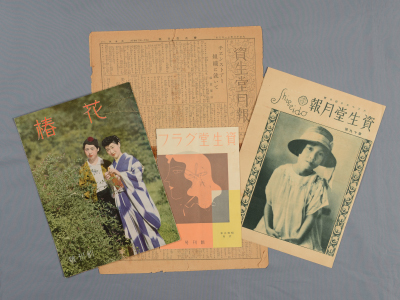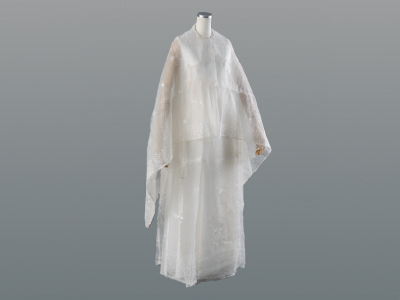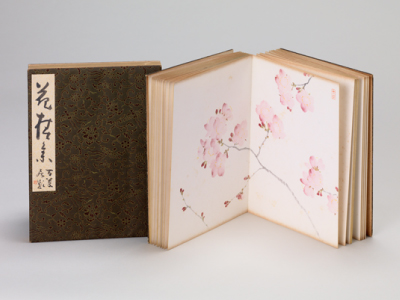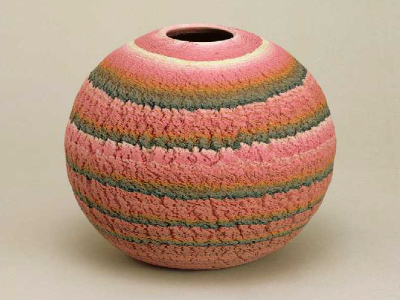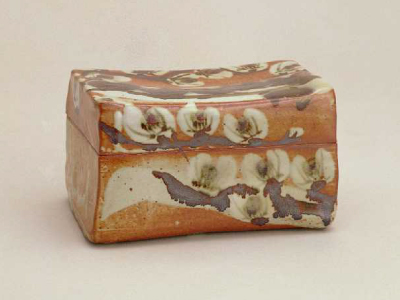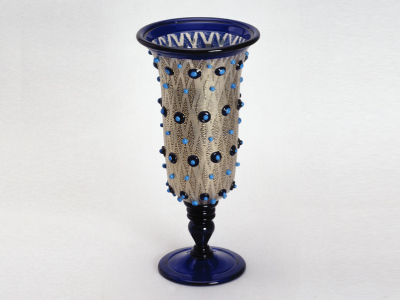HANATSUBAKI 80th Anniversary 1937-2017
Tuesday, July 11 to Sunday, December 24, 2017
The 1st period: Tuesday, July 11 to Sunday, September 3
The 2nd period: Tuesday, September 5 to Sunday, October 29
The 3rd period: Tuesday, October 31 to Sunday, December 24
In concert with the launch of the Hanatsubaki-kai (Camellia Club), a club for the loyal customers of Shiseido products, in January 1937, Hanatsubaki magazine was first published in November the same year for Shiseido product users as the successor of Shiseido Geppo (1924-1931) and Shiseido Graph (1933-1937). The first issue was published with the concept of things that are considered to serve as a guideline for modern women and consisted of articles about a variety of themes, including beauty care, fashions, trends, hobbies and arts and sciences.
Publication was suspended during the war, but was resumed in May 1950. In the 1970s and 1980s when many different subcultures were born, the magazine provided information mixed with the latest fashions. Hanatsubaki kept evolving as a corporate culture and information magazine in the 1990s and beyond, and in 2016, it grew into a cross-media magazine consisting of paper and web-based versions to respond to the digital age.
The exhibition showcased for the first time all of the magazine’s cover sheet images, and at the same time, dresses actually used in photo shooting as well as notebooks and sketchbooks with draft sketches, paintings and calligraphic works of the people involved in the production of Hanatsubaki and others for the visitors to enjoy the 80-year history of Hanatsubaki.




